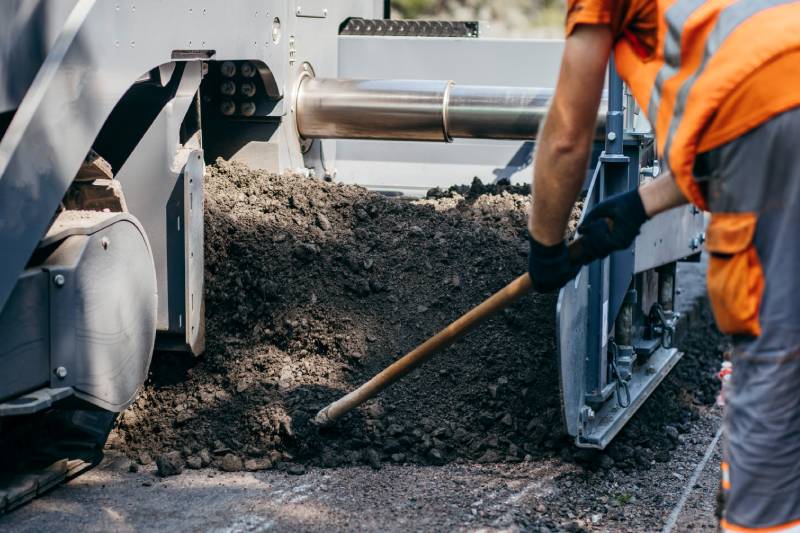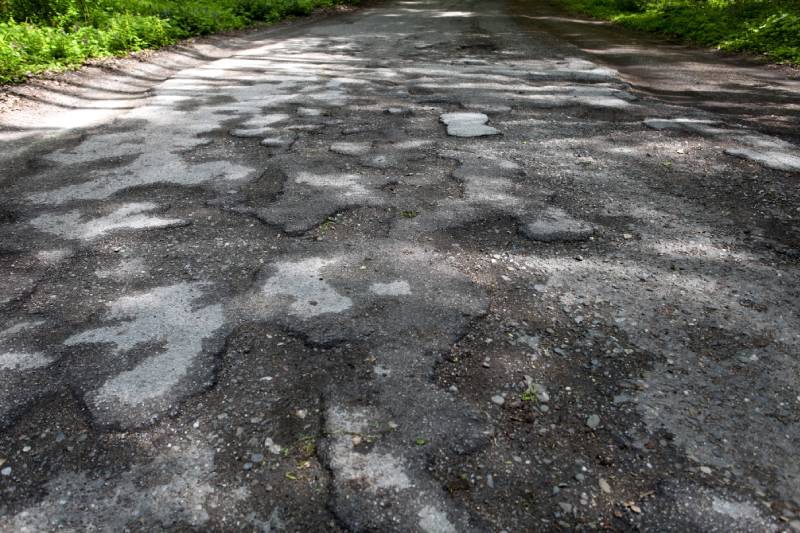Are you a homeowner where your house has an asphalt driveway? Asphalt driveways are a popular choice among many homeowners because it’s durable, affordable, and easy to maintain. However, just like anything else in your home deteriorates, so does asphalt. Therefore, it’s important that you make sure to upkeep the surface from time to time.
In this article, we are going to cover everything you need to know about maintaining asphalt driveways.
What Causes Asphalt To Fail?
Asphalt is a popular choice for driveways due to its durability and low maintenance. However, even with proper installation and care, asphalt can fail over time.
Some common reasons why asphalt fails include:
– Water damage from poor drainage or cracks that allow water to seep in
– Freeze-thaw cycles that cause expansion and contraction within the surface
– Heavy traffic causing wear and tear on the surface
– Exposure to harsh weather conditions such as extreme heat or cold.
It’s important to address these issues promptly through regular maintenance to prevent further damage and prolong the lifespan of your driveway.
Inspecting Asphalt Regularly
Did you know that regular inspection of your asphalt driveway can help prevent costly repairs down the line? By catching small cracks and potholes early, you can address them before they become larger issues.
It’s great that you should opt-in for inspection of your driveway at least once a year, or after extreme weather events such as heavy rainfall or snowfall. During an inspection, your general contractor will look for any visible signs of damage such as cracks, potholes, or discoloration.
They will also study how water drains off of the surface – if there are areas where water pools, this indicates a possible sign of an underlying damage.
Keeping The Asphalt Surface Clean
While inspecting your asphalt driveway on a regular basis is essential, making sure the surface is clean is equally important. By cleaning the asphalt surface regularly, you can prevent dirt and debris from collecting on the surface and it may result in further surface damage over time.
The best technique to clean the surface is by using a broom or a leaf blower to remove loose debris such as leaves, twigs, and small rocks. For tougher stains such as oil spills, you may need to use a pressure washer or a specialized cleaning solution.
It’s also important to avoid using harsh chemicals or tools that could scratch or damage the surface of the asphalt. When you keep your asphalt driveway clean, you not only improve its natural appearance but reduce its costly repairs as well.
Clearing Potholes, Sealing Cracks & Doing Repairs
If you think potholes are just minor issues that do not require much attention, well, think again! Potholes can be a serious threat to your asphalt driveway.
If left unattended, these potholes & cracks can lead to serious damages!
The only way to clear these cracks in your driveway is to clear them out, apply a filler and seal the asphalt driveway.
To start with clearing potholes, first remove all the debris from the hole using a broom or brush. Then fill the area with hot mix asphalt up to an inch above the surface level.
Next comes sealing cracks; it prevents water penetration and extends the life of your asphalt driveway. Just apply crack filler on any small gaps that appear before they turn into larger ones. These steps may sound easy but they require professional experience.
Therefore, we recommend that you contact professional contractors who have adequate knowledge about fixing asphalt driveways without damaging their structure further.
Sealcoating Asphalt
One of the best ways to maintain the durability & longevity of a driveway is through sealcoating asphalt. The process involves applying a protective layer of asphalt over the surface to prevent water, oil spills, and UV rays from penetrating into the pavement.
Not only does it help in maintaining the color of your driveway but it also reduces its exposure to sunlight. It’s advised that sealcoating must be done every two to three years depending on how frequently the asphalt has been used and what are the climatic conditions.
Before you opt-in to apply a seal coat, make sure to clean the surface area thoroughly, fill the crack and let the whole thing dry. Now apply a coat of sealer & use a squeegee or sprayer.
The sealant takes around 24 hours approximately before you can walk or drive on the surface.
Conclusion
Taking care of your asphalt driveway ensures its longevity and avoids costly repairs.
By inspecting it regularly, keeping the surface clean, clearing potholes, sealing cracks, and doing necessary repairs, you can maintain a smooth and attractive surface that lasts for years.
Taking small steps every day will go a long way in avoiding bigger problems down the road.
So don’t let neglect cause your asphalt to crumble beneath your feet.
Take action today and show your driveway some love!





